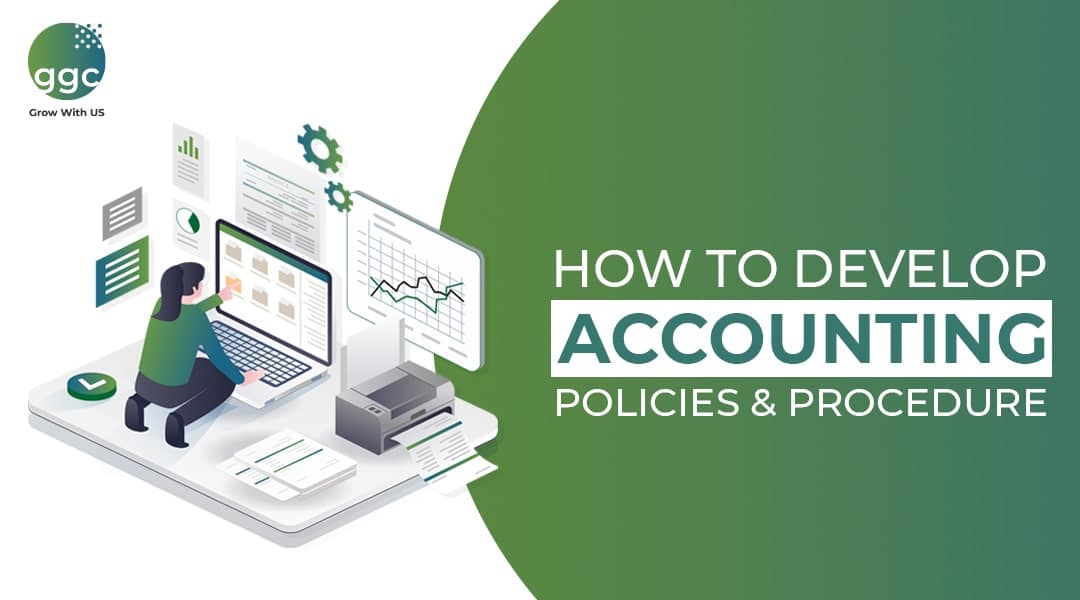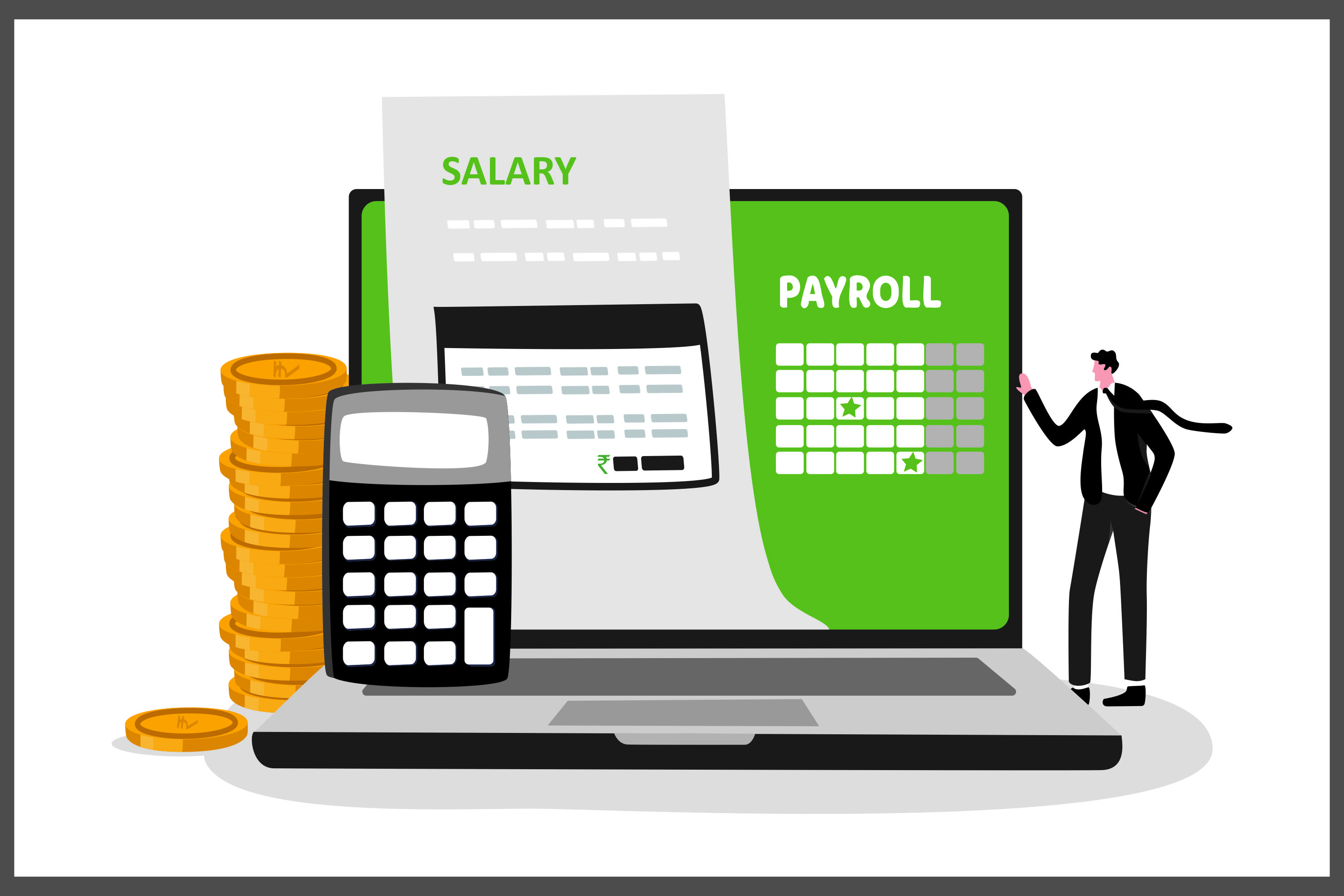Contact Us
Head Office
201, Cecil Court, Regal Cinema, Colaba Causeway, Apollo Bandar, Colaba, Mumbai, Maharashtra 400001.
Branches
Nagpur, Bhopal, Balaghat, UAE.
Contact No.
Quick Links
2024-2025 © All Rights Reserved by Green Growth Consultancy.Terms of Use | Privacy Policy | Refund & Cancellation Policy
Contact Us .
Corporate Office: Flat 203, Living Essence CHS, Lokhandwala Township, Akurli Road, Kandivali, East Mumbai 400101.
Address: 225-E Meher Baba Marg, Gokulpeth, Nagpur – 440010.
Email: virtualggc@gmail.com
Contact No.:
+91 7028053077
8237407682
Indian Financial Services .
© 2021 All Rights Reserved by Green Growth Consultancy




